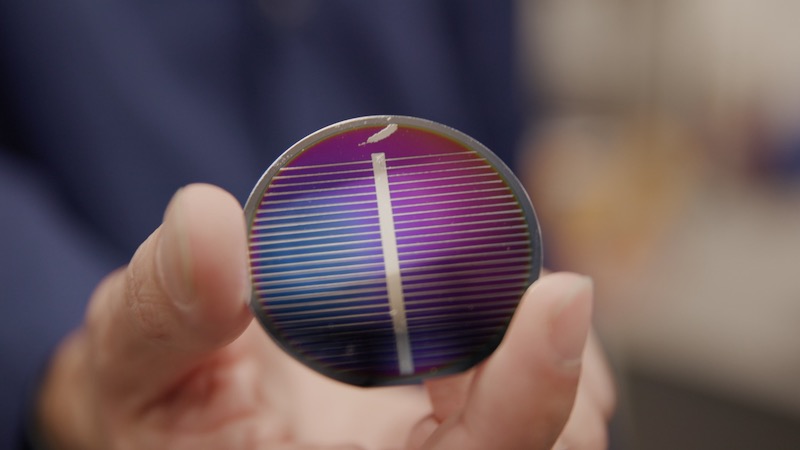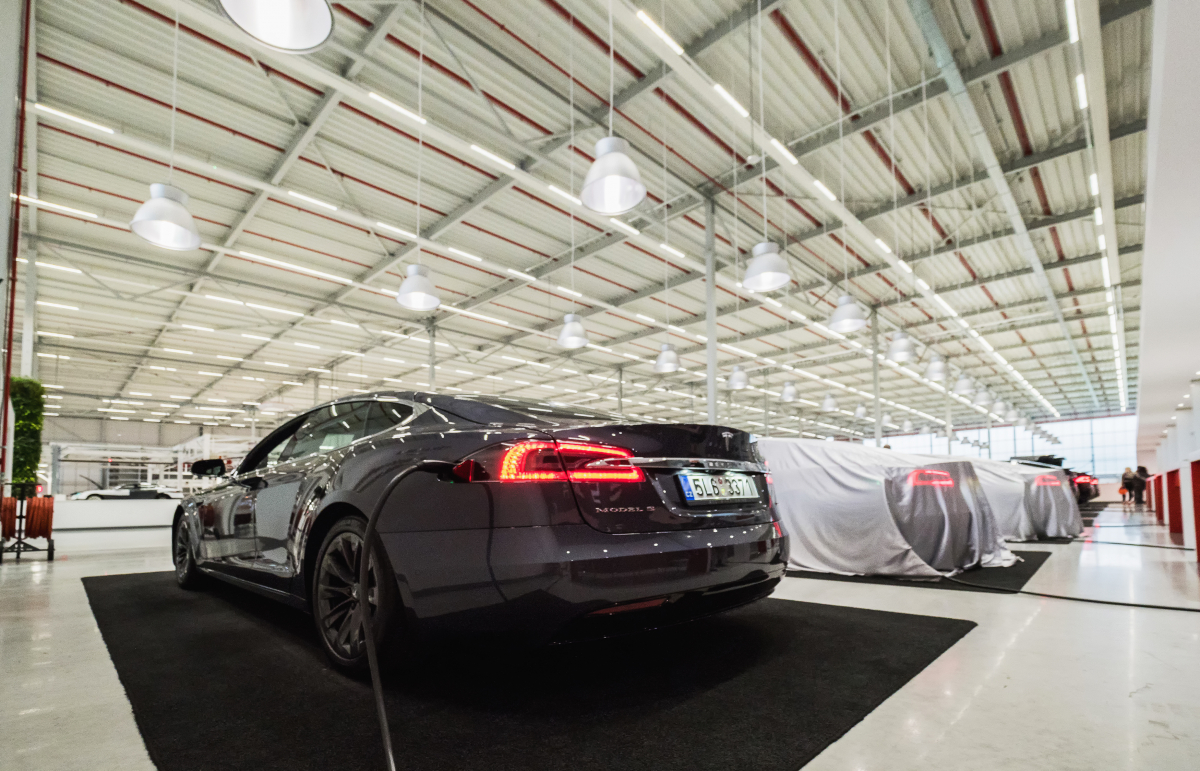Space company develops solar cells from lunar dust
The US space company Blue Origin has developed solar cells made of lunar dust. People on lunar colonies should be able to supply themselves with energy locally in the future.
Where will humanity live in the future? Do we stay on earth and learn to use our resources more conscientiously? Or does it drive us to distant planets on which we build colonies. In addition to famous personalities such as Elon Musk or Jeff Bezos, state actors also dream of life in space.
For example NASA and the European Space Agency ESA. In order for this to work, however, a few more innovative ideas are needed. Because if we bring the necessary materials with us from Earth, the costs are almost unaffordable. After all, every additional kilogram of cargo costs fuel and requires several interplanetary flights.
Solar cells from moon dust can also be produced in space
The American space company Blue Origin came up with an ideahow we can build small power plants from materials from the moon. The starting point for this was a simulated lunar dust, which resembles the rock regolith. The company’s engineers melted this at around 1,600 degrees Celsius and sent electricity through the resulting mass.
The end product was three essential components for solar cells: silicon, iron and aluminum. The purity was again 99.999 percent, which is crucial for the production of efficient solar cells. Because the more contaminated the material, the less power later colonies can generate from the cell.
Future missions will demonstrate practicality
The engineers also developed a solution for the adverse environmental conditions on the moon. Because glass is also produced during production, which also serves to protect the solar cells. With this, the Blue Origin team continued past experiments in the field. DThe ESA was already developing Oxygen from moon dust.
Future colonies can use this to breathe or to produce fuel. However, it remains to be seen how practical the research on Earth actually is. In a few years at the latest, when NASA sends a new mission to the moon, the developments could prove their practical suitability.
Also interesting:


